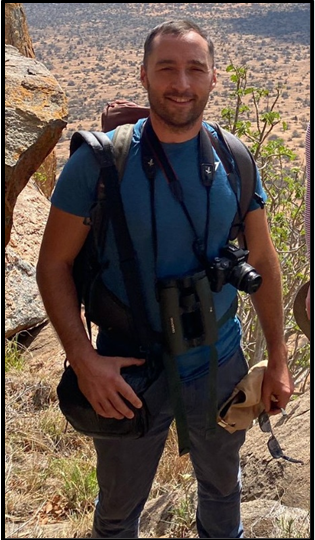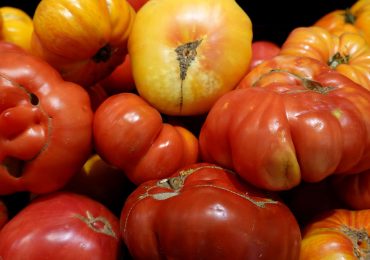In our new post, Professor Wayne Dawson from the University of Liverpool presents his work ‘Root traits vary as much as leaf traits and have consistent phenotypic plasticity among 14 populations of a globally widespread herb’. He highlights the importance of belowground traits, discusses the role of AMF on plants, and shares the relaxing power of greenhouse and lab work.
About the paper
Our study of plants, their traits and their functioning is still biased by what we immediately see aboveground. There is a growing body of work comparing root traits among species, but still relatively little work studying root trait variation among populations within a species. I wanted to explore how much root traits linked to resource uptake vary among populations, and suspected population variation to be at least as pronounced as for aboveground (leaf) traits. This is because soil environmental conditions should vary a lot from one population location to another, and we might expect root traits to have ‘adapted’ in response.
Left: The humble but beautiful ribwort plantain (Plantago lanceolata) growing in a lawn at Durham castle, Durham University, UK. Right: Representing international collaboration – Alain Finn (PlantPopNet project manager), on a (geological) map of Ireland and Britain, Durham (Credit: Yvonne Buckley)
But what species to use? I discussed the general idea with Yvonne Buckley (Trinity College Dublin, Ireland), who leads the PlantPopNet project. This project involves the study of population dynamics for populations of Plantago lanceolata (ribwort plantain) across large parts of its native and introduced ranges, and with many local coordinators. Yvonne and I agreed Plantago would be a great candidate species to use, because seeds from far-flung populations have been collected by PlantPopNet coordinators and abiotic environmental data were available for the population locations. So, we could determine whether trait variation was associated with local environmental conditions: we might expect plantains from drier, warmer environments with limited water availability to have more ‘conservative’ root traits like thicker, shorter roots, avoiding waste of resources on tissues that are at risk of desiccation, and potentially leaving more of the ‘work’ of water acquisition to ‘collaborators’ (arbuscular mycorrhizal fungi, AMF).
But, we also thought the root traits would respond plastically to different growing conditions, and that this plasticity might also vary among populations and depending on whether AMF were present in abundance or not. So, with seeds from 14 populations in Europe, North America and Australasia collected by contributors and coauthors, we set up a common garden experiment growing genotypes under combinations of high and low water availability, and with or without inoculation of an AMF community.
About the research
What we found was pretty surprising to us. Root traits did show as much variation among populations as leaf traits, and sometimes more so. However, this variation was at best weakly linked to local population environmental conditions, with only some of the root variation linked to temperature and soil moisture (roots tended to be shorter and thicker in warmer and drier environments). However, plantain traits responded massively to treatments across all populations, with shifts to thicker roots and relatively more biomass allocation to roots under lower water availability, while root and leaf mass increased substantially with AMF inoculation. Intriguingly, AMF colonisation was greater in roots with low water availability, hinting at greater collaboration in a resource-limited environment and reduced deployment of more acquisitive roots by the plants.
So, we showed that functional trait variation in the ‘hidden half’ of plants exists among populations of a globally widespread herb, and we believe such variation and its consequences for plant function and plant-soil interactions deserve further study. What explains root variation if not the source environment? It’s possible that our somewhat coarse abiotic environmental variables did not reflect the conditions experienced at the plant level in the field. A step forward would be to measure microclimate conditions at the population field sites, and use these data to relate to root trait data collected from both field-grown and common-garden grown plants. It would also be fascinating to study how root traits relate to AMF communities present at the population sites, and how they interact with plantain roots.
Final note: Processing, washing, staining and scanning roots is HARD WORK, yet strangely meditative and satisfying, eventually.
About the author
My interest in ecology grew from a childhood spent rockpooling, trying to identify plants when out and about on family holidays, and a general love of natural history. After a trip to the Venezuelan Andes during my first degree, I became fascinated by plants and their responses to the environment. I was the first in my family to go to university, and it was during my first degree that I realised a PhD and career in ecological research was possible. I’m now a professor of ecology at the University of Liverpool, where my research is focused on the ecology of plant invasions and plant-soil interactions.
Enjoy the blogpost? Read the research here.
Leave a comment





